#LuxuryCars
Rare Rides Icons: The History of Stutz, Stop and Go Fast (Part VI)
Today we pick up our Stutz series once more, at the dawn of 1929. Stutz wasn’t in the best way at the time: Its vehicles, though very luxurious, were selling slowly, and were largely seen as behind the times with the luxury competition. Management had taken the company’s advertising in a new direction in the second half of the Twenties and was largely ignoring the company’s racing pedigree – the thing that put Stutz on the map.
There was no Bearcat in the company’s lineup, as wares drifted further from performance and more into elegance territory. And finally, given the company’s financial struggle and recent lack of interest in motorsport, the board room discontinued all support for racing activities in 1928. The sole promising source of money was the distribution rights for the Pak-Age-Car, which saw the delivery trucks placed alongside luxury cars in Stutz showrooms. Things went downhill further as the Great Depression loomed.
Rare Rides Icons: The History of Imperial, More Than Just a Car (Part XX)
Here we are, the 20th installment of the Imperial series. We’ve covered the Imperial’s inception as a coach-built car for the wealthy, through its Fifties rebirth as an independent brand with hand-built quality that rivaled the best luxury car makers had to offer. From there Imperial’s tale was ups and downs (mostly downs) as Chrysler’s luxury arm continually found itself less independent, and more tied to the New Yorker.
But after its sad Seventies cancellation, it was time for an Eighties rebirth under the direction of CEO Lee Iacocca. He was determined to make the best, most exclusive American personal luxury coupe money could buy. To date we’ve learned about the angular bustle back exterior, the J-body Cordoba platform underneath, and the Cordoba-plus leather-lined interior, by Mark Cross. Today we continue with Iacocca’s close personal friend, Frank Sinatra (or ‘FS’ if you’re talking badges.)
Rare Rides Icons: The Toyota Cressida Story (Part III)
Today we find ourselves in the third installment of Toyota Cressida coverage. The first Cressida bowed in 1978 with curvy European styling influences and was a more luxurious take of the Corona Mark II with which North American consumers were already familiar. After a short run from 1978 through 1980, a second-generation Cressida was introduced for ’81. It pursued a much more traditional three-box sedan shape, and looked quite Japanese despite marketing statements about how it was “European looking.”
Under the conservative shape were a number of whiz-bang electronic features, all applied to an interior that was redesigned solely for the American market Cressida. The second Cressida was more successful than the first, and new tech features like electronic fuel injection made it more desirable. After another short model run from 1981 to 1984, it was time for the third generation Cressida. The new one in 1985 was even more conservatively styled than the two that came before it. Say hello to X70.
Rare Rides Icons: The Mitsubishi Diamante Story (Part IV)
Last time on our Diamante coverage, we learned about the near-luxury sedan’s somewhat delayed introduction to America. In the two-year translation from a Japanese market car to an American one, Diamante lost the majority of its interesting and advanced tech features and adopted a cheaper suspension design. Today we’ll find out what happened when Mitsubishi pitched the new and de-contented Diamante against the Lexus ES 300.
Rare Rides Icons: The Mitsubishi Diamante Story (Part III)
Today is the third installment in our coverage of the Mitsubishi Diamante, the Diamond Star brand’s only luxury offering ever sold in the North American market. Part I introduced us to the Diamante via the Sigma. That fancy hardtop Galant gave way to the Diamante in 1992, based on an extended length Galant platform. The second-generation hardtop sedan and its wagon counterpart were finished for 1995 on dealer lots, though fleet buyers (which fleets though?) had a Diamante available to them in 1996. In 1997, Mitsubishi was back with an all-new Diamante and aimed even higher than it had before.
Rare Rides Icons: The History of Imperial, More Than Just a Car (Part XIX)
We return to our Imperial series again today, and the third installment on the all-new personal luxury coupe Lee Iacocca launched in 1981 to resurrect the historical Imperial name. Unlike every other Imperial to date, the new one was available only in two-door coupe guise. The new car had the dual mission of bringing luxury car credibility back to Chrysler, and grabbing some high margin luxury coupe sales from GM and in particular, Lincoln and the Continental Mark VI. We’ve covered the exterior and the underpinnings, so today we slide into the interior, which is most definitely not covered in Rich Corinthian Leather.
Rare Rides Icons: The History of Stutz, Stop and Go Fast (Part V)
We pick up our Stutz coverage again today, in the mid-late Twenties. The company saw its financial situation worsen around the middle of the decade, just as it launched the new Vertical Eight series of cars. More expensive than ever before and more powerful, the new Stutz luxury motorcars weren’t without fault. Though superbly built, they had engineering issues with their hydraulic four-wheel braking system that the company couldn’t seem to sort out.
The brake issues damaged the company’s reputation but didn’t ruin it. And Stutz’s high-performance cars continued in their racing tradition with a second-place finish at LeMans. But Stutz was still losing money and needed to invest in new businesses and technologies to stay afloat. Let’s talk about delivery trucks and faux leather finishes.
Rare Rides Icons: The Mitsubishi Diamante Story (Part II)
In Part I of our Rare Rides Diamante coverage, we talked almost exclusively about our subject’s predecessor, the Sigma. Alternatively called Galant Σ, it was a hardtop luxury version of the standard Galant offered in the US market. It was dated when it arrived, too small, and not differentiated enough from the Galant to warrant its high price. U.S. customers mostly ignored it, and Canadians never knew it existed since they didn’t receive any Mitsubishis until 2002. Headed into the Nineties, Mitsubishi had no upscale sedan offering at all in North America, as the Galant was the firm’s largest car. That changed in 1992 with the arrival of the all-new Diamante.
Rare Rides Icons: The Toyota Cressida Story (Part II)
In Part I of this series we were introduced to Toyota’s Cressida, aka Mark II in almost every other market. A “new” model for the North American market, Cressida picked up where the Corona Mark II left off. The main reason behind the branding change was that Cressida had greater upmarket intentions than the Mark II. When it arrived for 1978 in North America, Cressida wore entirely different styling to its predecessor: Upright, formal shapes replaced the faster-looking curves of the Mark II. The conservative mid-sizer wore a Euro-inspired visage with many Jaguar cues, and the rest of the styling was a mixed bag of American and Japanese flavors.
But the first generation was not long for the world, and after just three model years Toyota released an all-new Cressida. This second edition stuck much closer to Toyota’s typical three-box playbook and added Eighties technology into the bargain. Time for X60.
Rare Rides Icons: The History of Imperial, More Than Just a Car (Part XVIII)
In our most recent installment of our long-running Imperial coverage, the Eighties dawned with a resurrection of the Imperial name and the debut of an exciting new personal luxury coupe. Chrysler’s new chairman Lee Iacocca was determined to recreate the runaway success he’d had at Ford with the Lincoln Continental Mark III. But that meant a simultaneous ask that luxury coupe buyers ignore the very recent financial troubles that plagued the Detroit automaker. And while the exterior of the new Imperial coupe was all bustleback and new angles, its platform and mechanicals were not quite as exciting. Let’s talk about Mirada, Cordoba, and the reliability benefits of electronic fuel injection.
Rare Rides Icons: The History of Stutz, Stop and Go Fast (Part IV)
Stutz Motor Cars was subject to multiple successive changes in both fortune and direction early in its existence. Founded in 1911 based on racing success at the inaugural Indianapolis 500, by the middle of the decade Stutz had its IPO on the New York Stock Exchange. While the company’s sales increased, by the end of the decade it was without its founder and embroiled in a stock cornering scandal. Though it was delisted from the NYSE circa 1921, Stutz kept on selling the luxury cars for which it had become known. We pick up in 1926, as Stutz hit a sales high but was on the precipice of a big tumble.
Rare Rides Icons: The Mitsubishi Diamante Story (Part I)
Rare Rides Icons has featured much Japanese sedan content lately, including the mid-Eighties sedan mainstays and most recently a series on the luxurious and conservative Toyota Cressida. However, there’s a mainstream Japanese brand (or two) yet to be included in our sedan considerations. One of them is Mitsubishi, and today we’ll discuss the only true upmarket product the company ever offered in North America. It’s Diamante time.
Rare Rides Icons: The Toyota Cressida Story (Part I)
Our recent Rare Rides Icons coverage of the main quadrant of mid-Eighties Japanese family sedans ( Camry, Accord, Maxima, 626) brought another sedan to mind. Boxy and conservative, it was an upscale offering at a time when Japanese luxury brands simply did not exist. The sedan in question was popular enough for Nissan to target it directly with their Maxima. Presenting the Toyota Cressida, a comfortable luxury experience.
Rare Rides Icons: The History of Imperial, More Than Just a Car (Part XVII)
In our last Imperial entry, we found the brand’s run came to an end. In production since 1926 and an independent brand since 1955, the Imperial fizzled out to nothing after 1975. Chrysler closed its luxury Imperial division, and the once proud two- and four-door Imperials were stripped of some standard features and rebranded into the Brougham trim of the New Yorker. The Imperial name had come a long way from its beginnings as a super luxurious coach built car for the wealthy, and ended up as a slightly nicer New Yorker with more formal front and rear clips. But 1975 was not the end of the Imperial’s story, as a particular Chrysler CEO had big Imperial aspirations. To get to that point for Imperial, let’s talk about Ford.
Rare Rides Icons: The History of Stutz, Stop and Go Fast (Part III)
We pick up the Stutz story once again today, at a turning point in the brand’s history. Though its foundation as Ideal Motor Car Company was only a few years prior in 1911, by 1919 big changes were afoot at the company. Disenchanted that he’d lost control of his company when he sought outside investment capital, Harry C. Stutz departed his own firm in July of that year. He took with him the other remaining founder, Henry Campbell. Control of Stutz Motor Cars fell to its primary investor; the man who’d been running the company since the IPO in 1916: Allan A. Ryan.

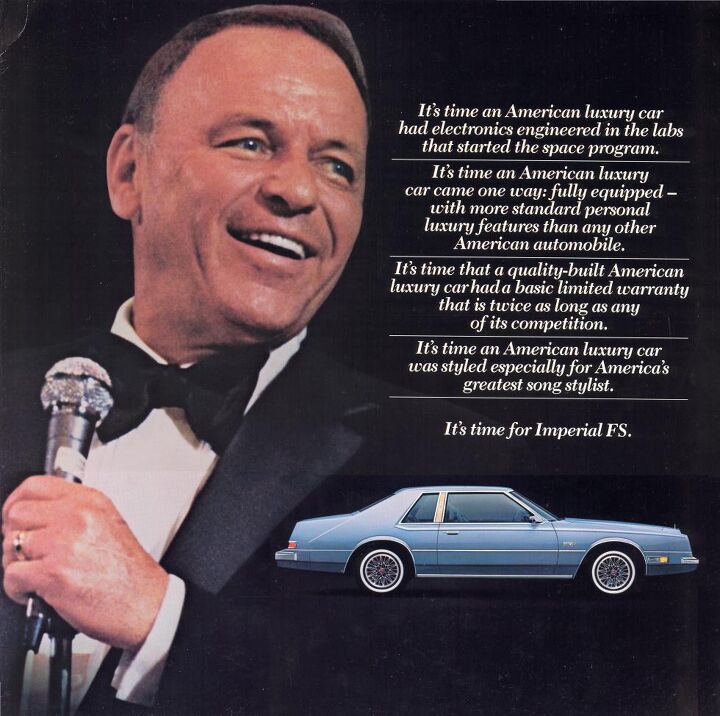


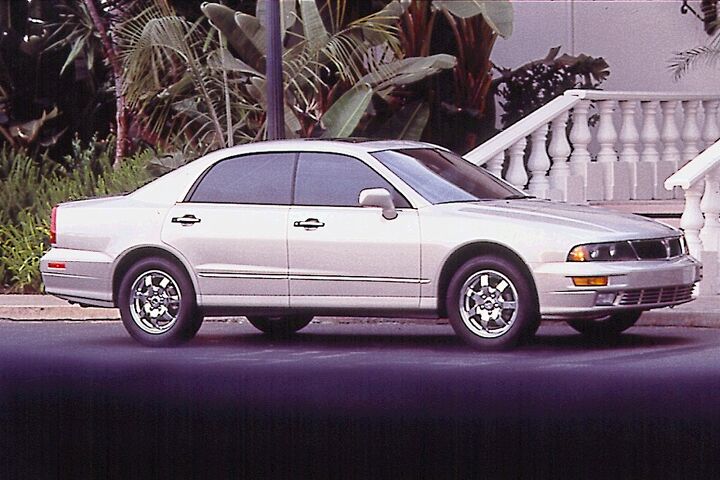





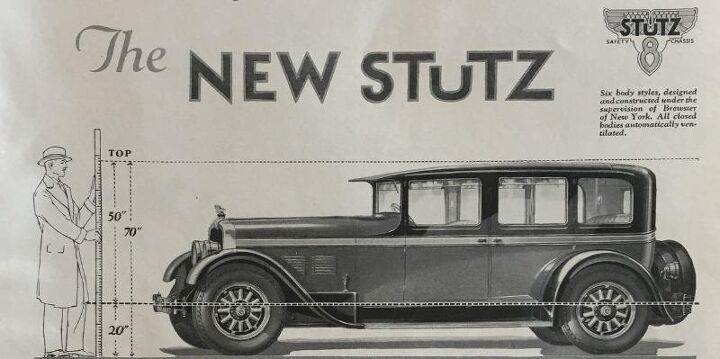
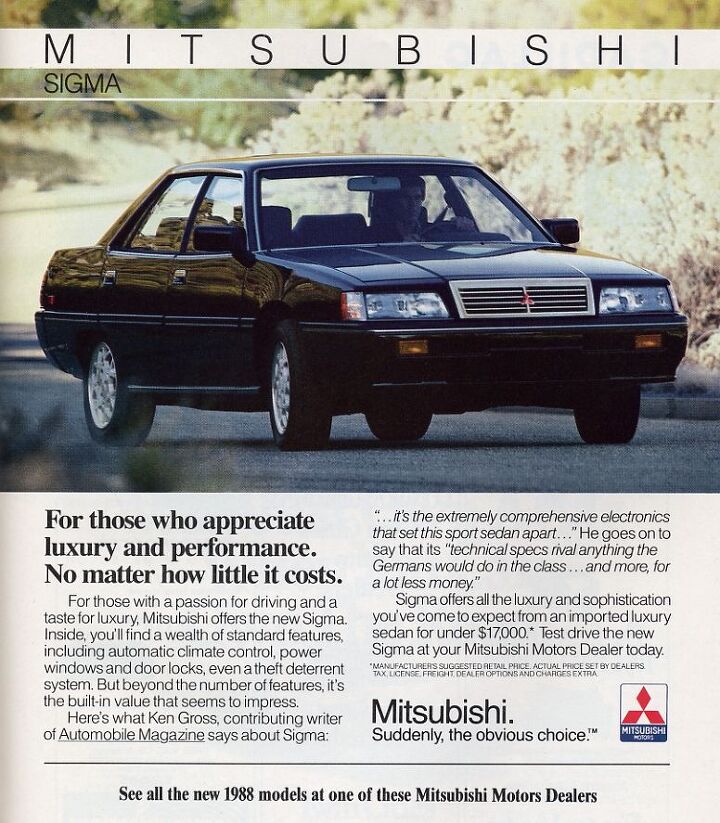
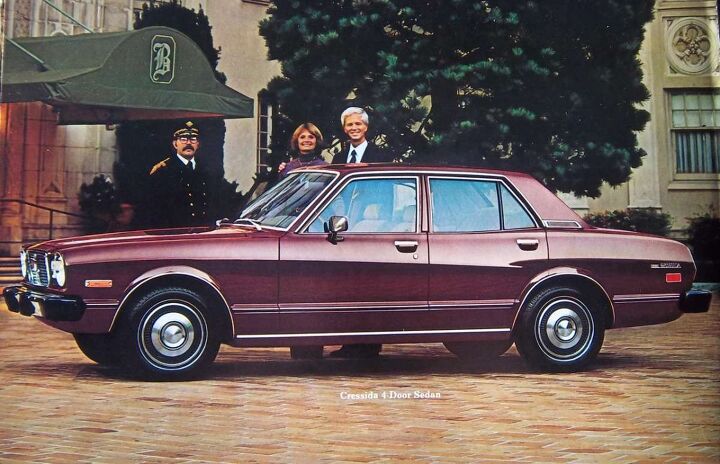

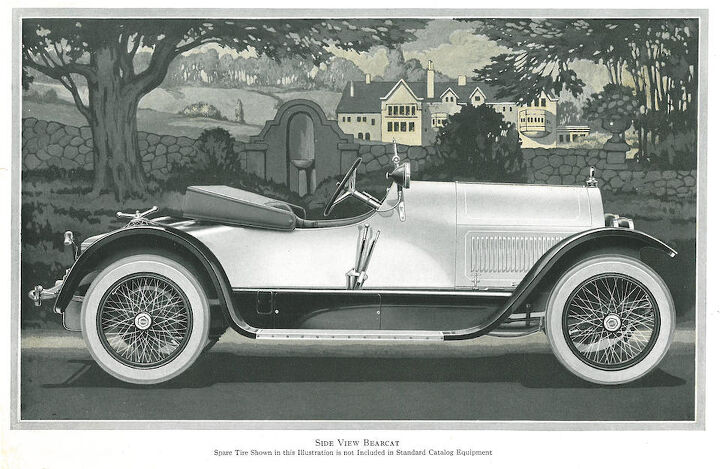












Recent Comments